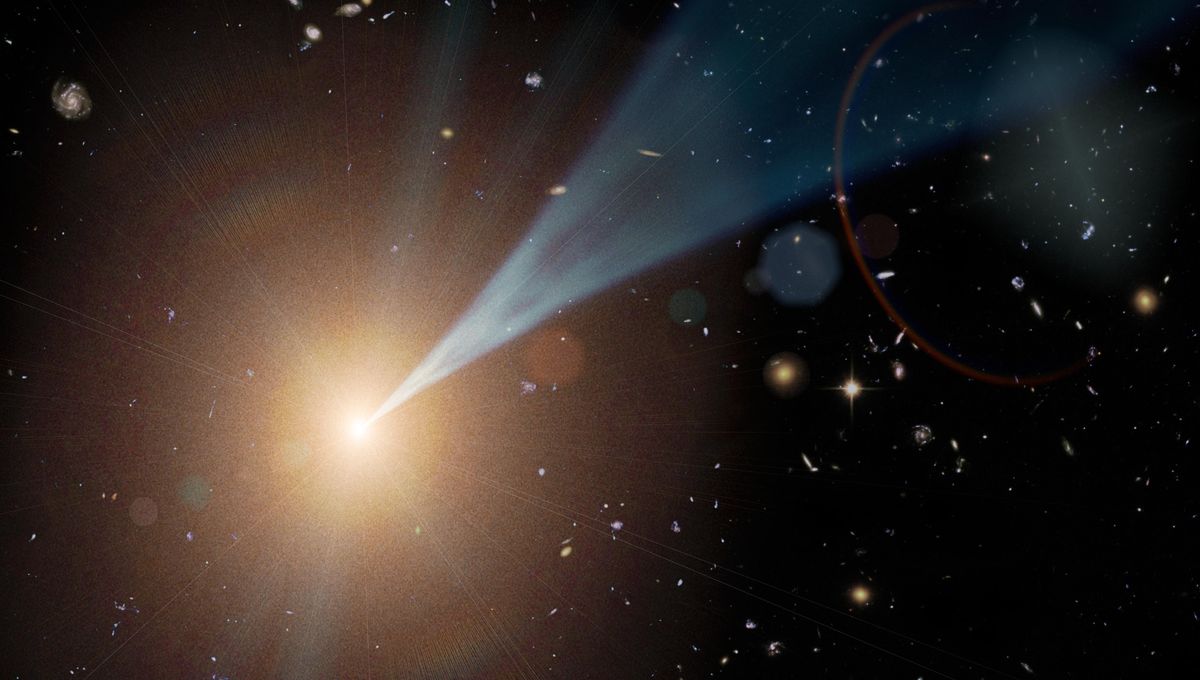
Jets of plasma are produced by a variety of astrophysical sources. The more extreme the object, the faster these jets can move. Studying them at a distance has provided a lot of insights, but if we could create them in the lab, we’d know a lot more about them. Scientists have now been able to get a step closer to that by creating plasma fireballs.
One of the problems with previous lab analogs is that they simply didn’t have enough particles in the plasma to begin to see wave-like behavior. The international team was able to generate a high-density plasma beam containing 10 trillion electron-positron pairs.
“The laboratory generation of plasma “fireballs” composed of matter, antimatter, and photons is a research goal at the forefront of high-energy-density science,” lead author Charles Arrowsmith, from the Department of Physics at the University of Oxford, said in a statement. “But the experimental difficulty of producing electron-positron pairs in sufficiently high numbers has, to this point, limited our understanding to purely theoretical studies.”
The fireballs were created using the Super Proton Synchrotron (SPS) accelerator at the European Organisation for Nuclear Research (CERN) in Geneva, Switzerland. Within the SPS accelerator, accelerated high-energy protons were slammed against an atomic target. This collision created a quark-gluon plasma from which matter (the electrons) and their antimatter counterparts (the positron) emerged.
The emission is of interest in and of itself, but the team hopes that it will lead to understanding some of the most dramatic jets produced in the universe, such as those released by supernovae, in neutron star collisions, and by supermassive black holes. The team was able to modify how the beams of matter and antimatter are emitted; this control allows them to perform studies and make the plasma more like its astrophysical counterparts.
“This opens up an entirely new frontier in laboratory astrophysics by making it possible to experimentally probe the microphysics of gamma-ray bursts or active galactic nuclei jets,” Arrowsmith continued.
Professor Gianluca Gregori, the lead investigator on the experiment, explained: “Satellite and ground-based telescopes are not able to resolve the smallest details of distant gamma-ray bursts and active galactic nuclei outflows, and so far we could only rely on numerical simulations. This new approach will now enable us to test the predictions of sophisticated theoretical calculations, for instance to validate how cosmic fireballs interact with the interstellar plasma that exists between stars.”
The study is published in Nature Communications.
Source Link: First-Ever "Plasma Fireballs" In The Lab Create Ways To Study Cosmic Jets